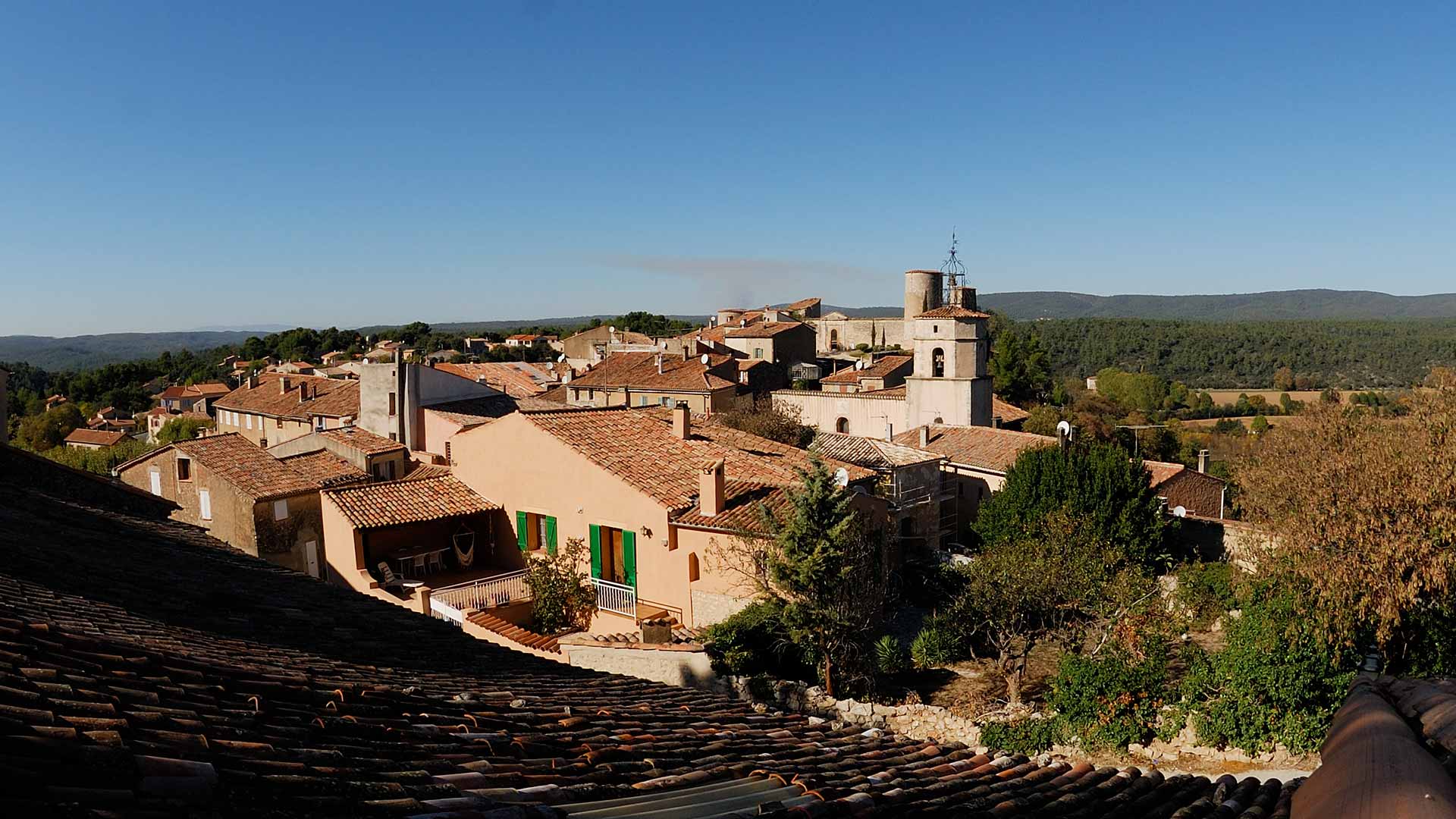
by bike
In the north of Provence Verte & Verdon, a green cycle route allows you to enjoy discovering the naturally protected landscapes that will help you get to know this unexpected part of Provence. Please note that the route is still only provisional, so may include some unprotected sections of road.
A ROUTE AT THE FOOT OF THE VERDON, 7 VILLAGES, 7 FACES
RIANS, IN THE LAND OF SUNSETS
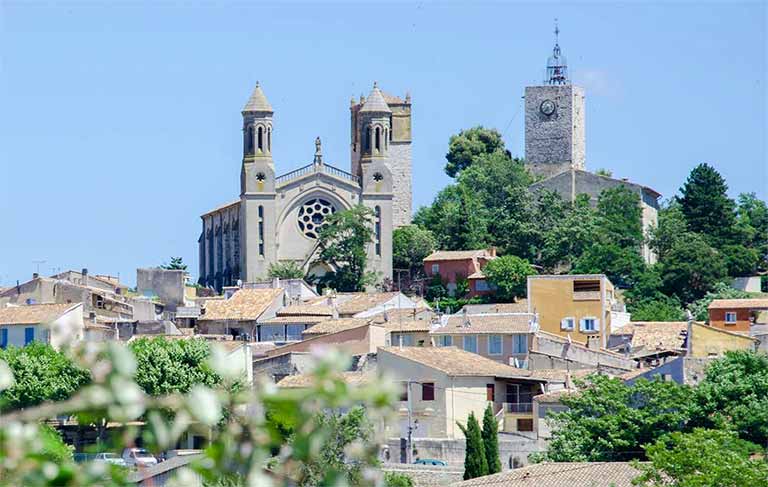
Built in a winding pattern at the foot of the clock tower, the village enjoys a beautiful view overlooking the north of the Sainte Victoire to the Verdon foothills. It is said that the climate here is perfect in both summer and winter and that the sunsets are exceptional. At the gateway to the Bouches du Rhône and the Alpes de Hautes Provence, it is a special place where people enjoy a very good quality of life.
DON'T MISS
The pumpkin festival
If by any chance you happen to be going through Rians during the second weekend of October, stop! Because there is a big festival where guests of honour are pumpkins! With more than 100 exhibitors, the pumpkins comes in all shapes and sizes: sculptures, decoration, recipes, everything you could think of. But the highlight of the day is the competition for the biggest pumpkin.
DISCOVER
The church and the clock tower
Three churches succeeded one another in the same place: the vault of the first one collapsed in 1584. Enlarged and restored, it lasted until the last quarter of the 14th century.
TASTE
Vineyards
There are three vineyards in the town, one of which has the Vignobles & Découvertes label. So don't miss out on the opportunity to explore this perfect terroir for red wines.
ARTIGUES, A LITTLE VILLAGE
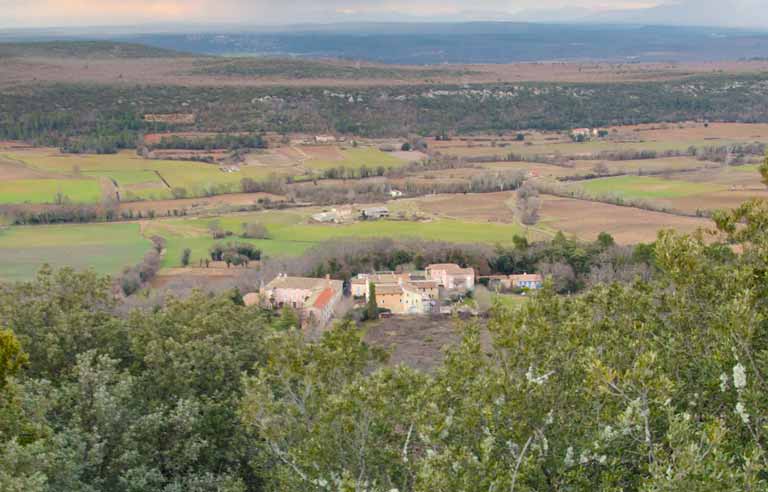
Artigues is located away from the main roads, between Rians and Esparron de Pallières. This tiny little village at the bottom of a hill, is peaceful and quiet. On the heights are the remains of the old medieval village. This village is where the oldest homes in Europe have been discovered (40,000 years before our era). The prehistoric cave of La Rigade, in the hillside, proves the existence of inhabitants who lived 60,000 years BCE.
ESPARRON DE PALLIÈRES, A HILLTOP VILLAGE
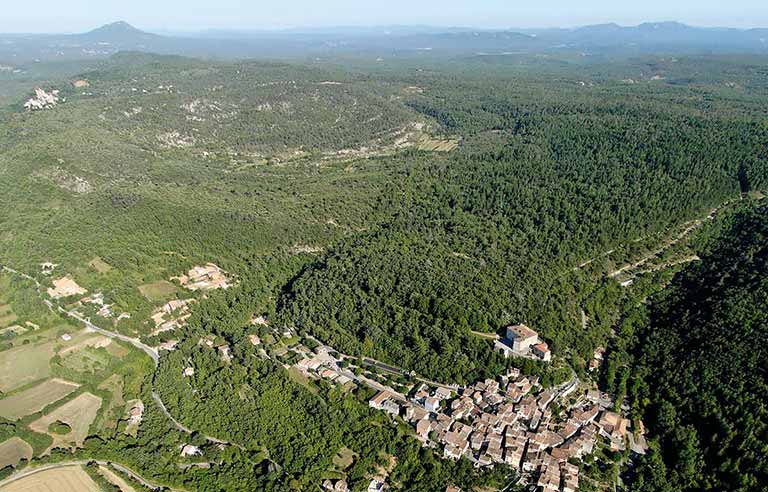
This picturesque village overlooking the rich agricultural Rians plain, offers a breathtaking view as far as the foothills of the Alps, from the Ventoux to the Lubéron and from Bessillons to the Verdon. The summer is lovely, but watch out in winter because the Mistral wind makes its presence felt. It is as if the old stone houses are huddling together to protect each other from the heat and cold.
DON'T MISS
Charles d’Arcusia and the falconry
Charles d’Arcusia, lord of the area in the 16th century, was a great fan of falconry. He wrote three famous and still widely recognized works - one about the technical aspects, another relating hunting tales and a third devoted to moral considerations.
DISCOVER
Notre Dame du Revest chapel
This pretty chapel, listed as a Historic Monument, is built on the site of an ancient Gallo-Roman villa.
SAINT MARTIN DE PALLIÈRES
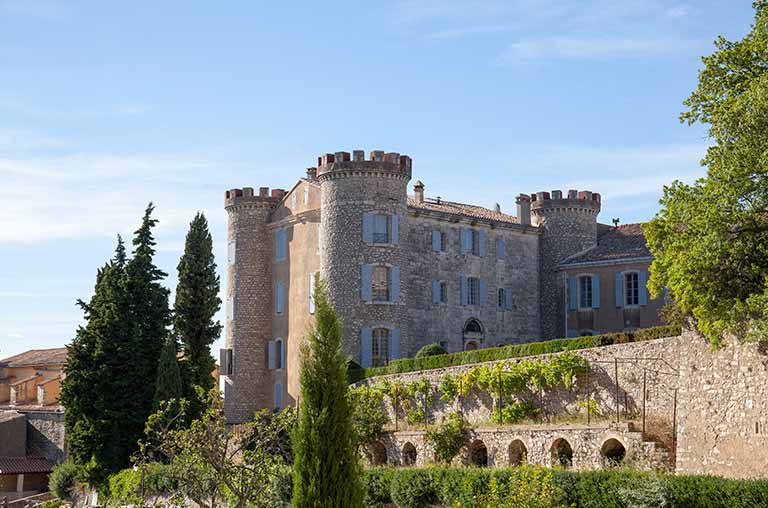
From its position on the top of a promontory, the village, listed as a "Village de Caractère", spreads out like a fan around the chateau. The view over the vast Durance plain as far as the Canjuers plateau is superb. If you walk through the narrow streets lined by the houses’ high stone walls you will come to more open squares shaded by plane trees. Here life moves gently with the seasons.
DON'T MISS
The chateau and gardens
Built in the 13th century but at various times extensively modified, the chateau has a square layout with a tower at each corner and beautiful gardens that house a huge water reservoir. The chateau can be visited in the summer in the company of the owner.
the “underground cathedral”, the chateau’s water cistern
Below the chateau in the grounds, a gigantic cistern spanning more than 500 m² was, in the 18th century, the largest in Europe. It could hold up to 28,000 hectolitres of water. The cistern can be visited from 1 May to 30 September between 2pm and 7pm, every 20 minutes on Tuesdays and every day in August.
Special rates with Amusez-Vous on www.provenceverteverdon.fr or from any of the area’s reception points.
VARAGES, THE POTTERY VILLAGE
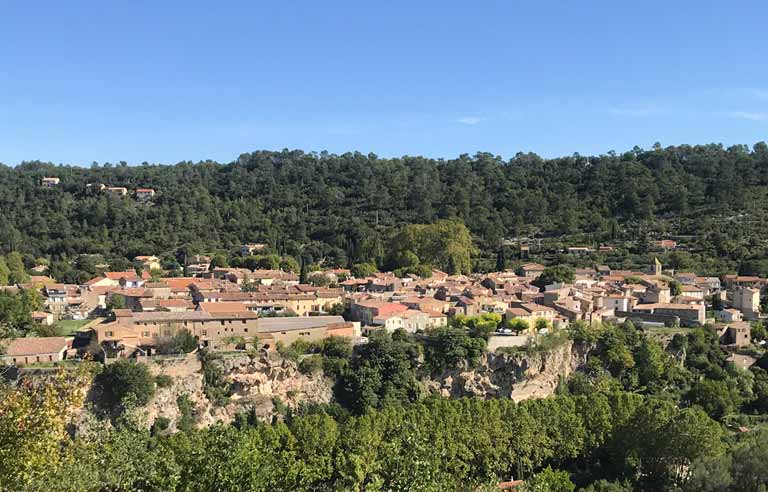
Built on a travertine outcrop with the river flowing below, Varages is located on a large deposit of pottery clay. It is easy to understand why there are so many potters there. The large, welcoming square in the village centre with its centuries-old plane trees is somewhere cool to relax for visitors that come to shop for tableware and other gifts.
DISCOVER
Pottery artisans
Pottery has been made here continuously since the 17th century. Some of today's artisans have added different styles and more contemporary designs. Others, on the contrary, strive to reproduce and perpetuate tradition using the shapes and decoration that have made Varages pottery famous. There’s no doubt, there’s something for everyone.
VISIT
The pottery museum
The Musée des Faïences (pottery museum) is housed in a typical old Provencal village house. A large collection of more than 1000 pieces dating from the 17th to the 19th century is on display. Production techniques - starting with the clay and finishing with decorative techniques - are explained.
DON'T MISS
La Manufacture
It is the place to go in the village. Traditional or more contemporary tableware, from vibrant colours to trendy ones - plates, salad bowls, bowls, cups and other containers will delight lovers of tableware. Numerous houses, B&Bs and restaurants come here to stock up so they can change the look of their tables whenever they feel like it.
BARJOLS, PROVENCE'S TIVOLI
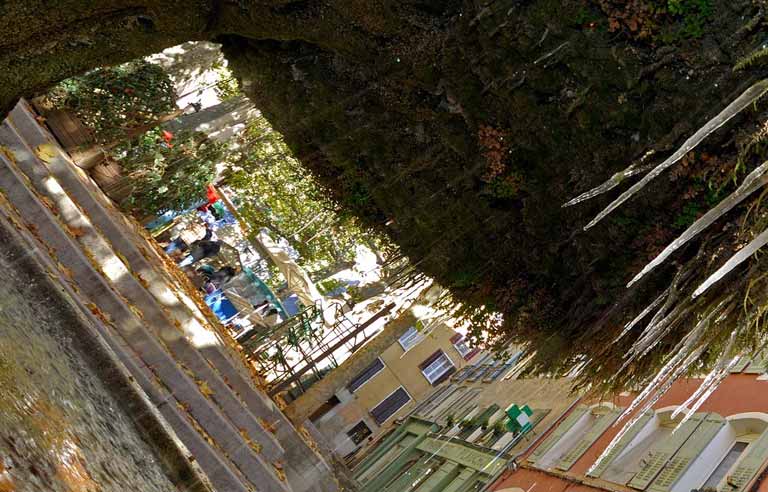
Be transported by the refreshing gurgle of the 38 fountains and washing places that have shaped life in this unspoilt village over the years. Bugades (a traditional method of washing household linen with ash) are still sometimes seen here and bottles that need cooling are plunged into the fountains.
DON'T MISS
Vallon des Carmes
This recently rehabilitated natural site, reached from the top of the village, is a succession of waterfalls, fords and cascades that end with a splash and a refreshing swimming spot. A favourite place for the village’s children – young and old!
The Tanneries
Established in the 17th century, the tanneries were in their heyday in the 1950s. Nowadays, an important industrial heritage remains, which has been gradually restored and transformed into artists' studios, unusual houses and contemporary art venues.
The "fête des tripettes"
If you are lucky enough to be passing by on the Sunday closest to 17 January, then stop and follow the crowd. Since 1350, this memorable festival has been held to commemorate the arrival of the relics of Saint Marcel, the patron saint of the village. This event took place on the same day that an ox was traditionally sacrificed in remembrance of an earlier famine. Since then, the village comes alive with an incomparable frenzy: dawn serenade, village games, procession, dancing, “pégoulade” procession and the traditional “tripettes” dance during the celebration in the church. The parish priest and all the faithful then hop from one foot to the other singing “Lei tripeto de San Maceù”.
VISIT
La Collégiale
This beautiful religious building, listed as a Historic Monument, dates from the 11th century. Don't miss the 13th century tympanum and the 16th century sculpted wooden stalls.
DISCOVER
The flea market
Located on the edge of the village going towards Pontevès, it brings together around thirty flea market dealers on an area covering 1800 m². Open all year round from Tuesday to Sunday, from 10 am to 6 pm.
PONTEVÈS
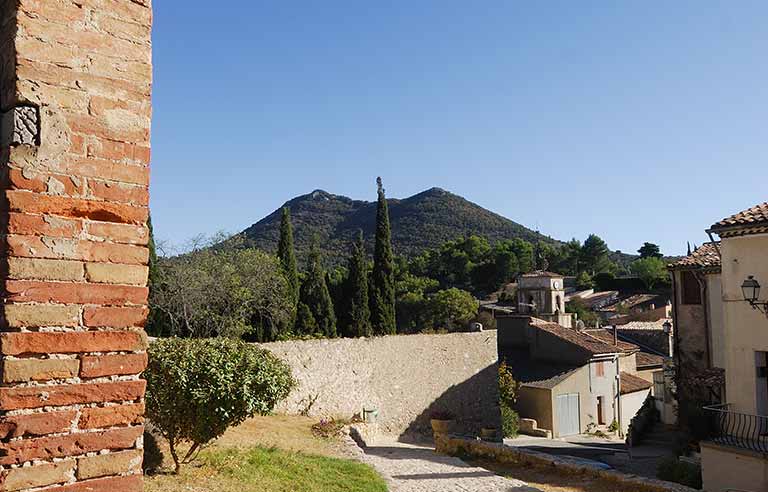
Stronghold of the Marquis de Pontevès, this hilltop village benefits from superb views to the south over the rich vineyards on the plain and to the north over the Grand and Petit Bessillon massifs. In the heart of the village, stop in the shade of the plane trees to cool off awhile and have a chat sitting on the edge of the fountain.
DISCOVER
The chateau
The remains of the chateau give the village a sense of majesty, the round towers acting as sentries. Today's inhabitants meet there to chat about its rich past.
Les Bessillons
These two small mountains, "Le Petit Bossu" and "Le Gros Bossu", are the area’s iconic hills. A good place for walking and hiking.